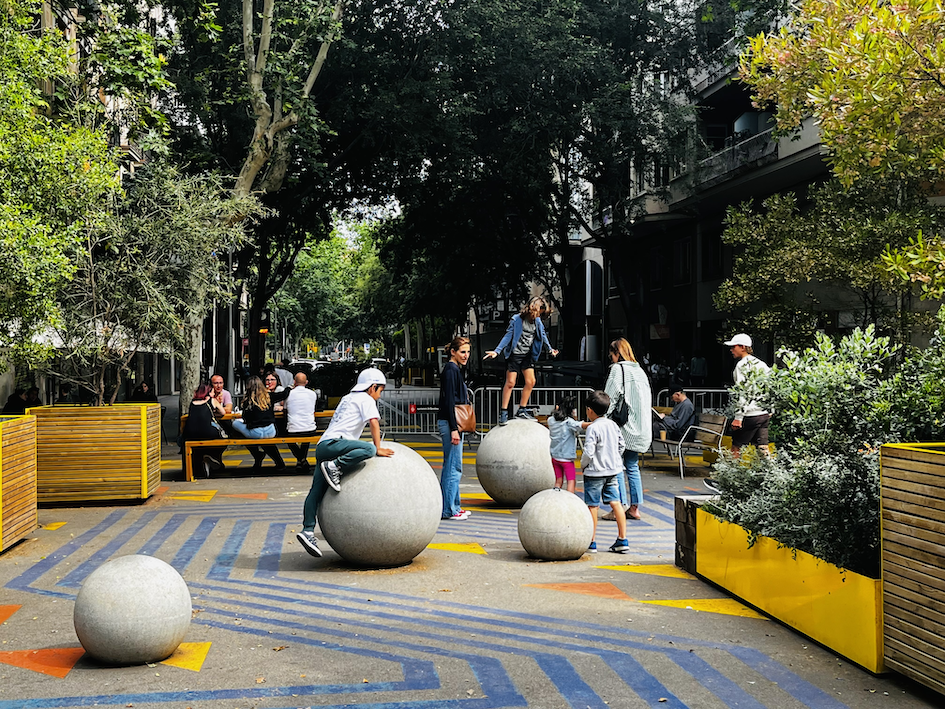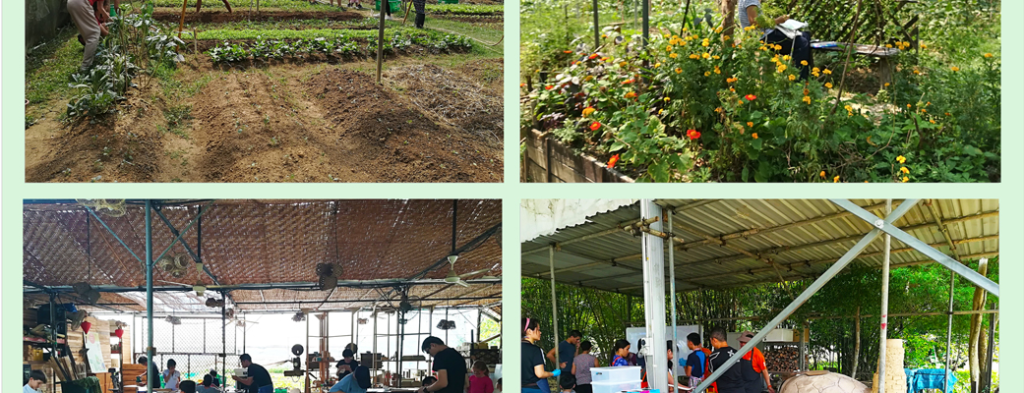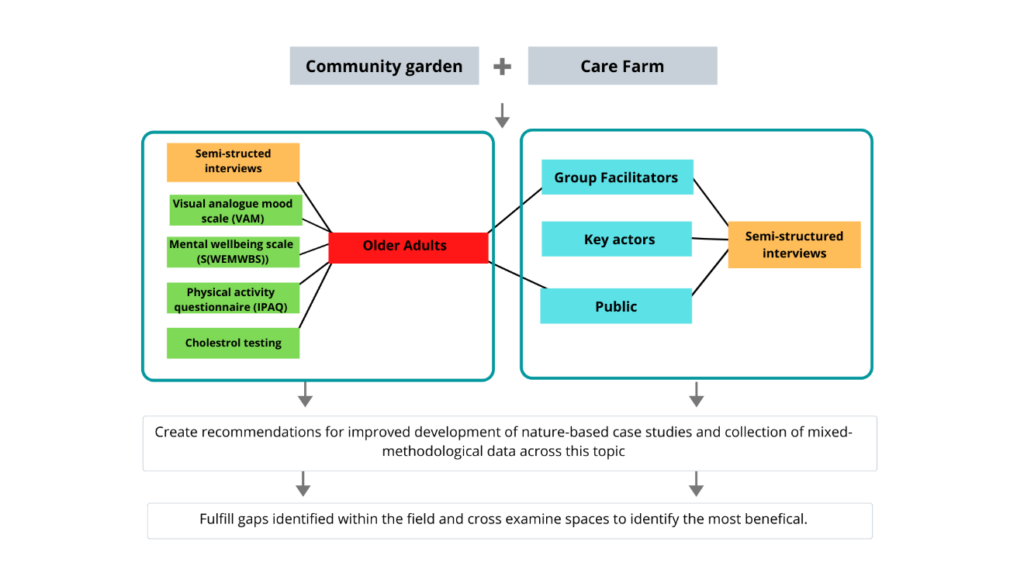City Know-hows

Our work investigates how health-promoting planning strategies are leveraged in place-based urban transformation initiatives to develop public spaces within neighbourhoods to improve children’s and community wellbeing.
Share
Target audience
City planners, urban designers, urban policymakers, public health professionals, and civil society organizations advocating for transforming underserved neighbourhoods
The problem
Children are increasingly trapped in sedentary lifestyles spending more time indoors and less time playing outdoors for various reasons with dire consequences for their physical and mental health. Our review of previous studies revealed many health-promoting strategies advocate access to safe, inclusive, and green public spaces in cities for better public health. However, not much is known about the potential of these strategies to transform cities and the health and well-being of local communities including children.
What we did and why
We reviewed evidence from case studies in eight countries where place-based interventions for transforming cities generated public spaces with the goal of directly and indirectly improving the physical and mental health of children and communities. The case studies were paired for similar approaches in the use of health-promoting urban strategies:
• Safe and vibrant public spaces in under-served neighbourhoods as a tool for addressing violence, and risky behaviours in young people
• Development of safe, clean, and productive community spaces through participatory planning and design inside informal settlements
• Sustainably transforming degraded blue-green infrastructure in cities to promote active living environments
• Planning for play to improve access to different kinds of public spaces for children within neighbourhoods and across the city
Our study’s contribution
Overall, we found diverse public spaces were created using these strategies for achieving improved health outcomes but not much was known about the health impacts of the interventions. This highlights a need to move beyond implementing health-promoting strategies to evaluating the health impacts of place-based interventions.
We found the approaches for transformative place-based interventions were either:
1) Government-led and politically driven projects: that saw accelerated scaling up of niche ideas to visibly transform cities and neighbourhoods through public space interventions using statutory, legal, and policy avenues, and budgets while developing a clear accountability and coordinating framework.
2) Civil society-led and community-driven projects: that initially focused on solving immediate local problems grew organically based on the needs and aspirations of the community. Multi-level partnerships gradually transformed the social and physical environments and influenced the generation of public spaces and replication in other geographies.
Impacts for city policy and practice
Our analysis of the case studies found that the public spaces created through place-based urban transformation initiatives resulted in greater access to safe, clean, playful, and child friendly environments that enabled more active lifestyles within neighbourhoods including independent mobility and richer play affordances for children. The lessons for policymakers include:
• Exploit and leverage diverse entry points: mayoral visions, government programs, statutory and legal directives, international programs, civil society advocacy, and community demands for change.
• Embed health-promoting strategies within equity-focused urban planning: to reduce health disparities through targeted action in disadvantaged neighbourhoods.
• Promote the social determinants of health: through child-responsive social infrastructure, green spaces, safer streets, urban farming and gardening, and slum upgrading.
Further information
Full research article:
Healthy public spaces for children within neighbourhoods through urban transformations by Sudeshna Chatterjee and Chandrani Dutta.
Related posts

The involvement of citizens in nature placemaking processes can have a positive impact in the psychological health and wellbeing. The connection with the natural environment and community is grounded in five core principles recognized as the 5Gs: Gracious, Green, Giving, Grounded and Grateful, as conveyed through the activities.

We used a case study approach to highlight potential radical health tools that could be embedded in research projects to enable us to understand more about how nature impacts health and wellbeing.

A study of mid to older adults in Brisbane, found that people living in disadvantaged areas were more likely to be lonely. This was partially explained by levels of residential density.